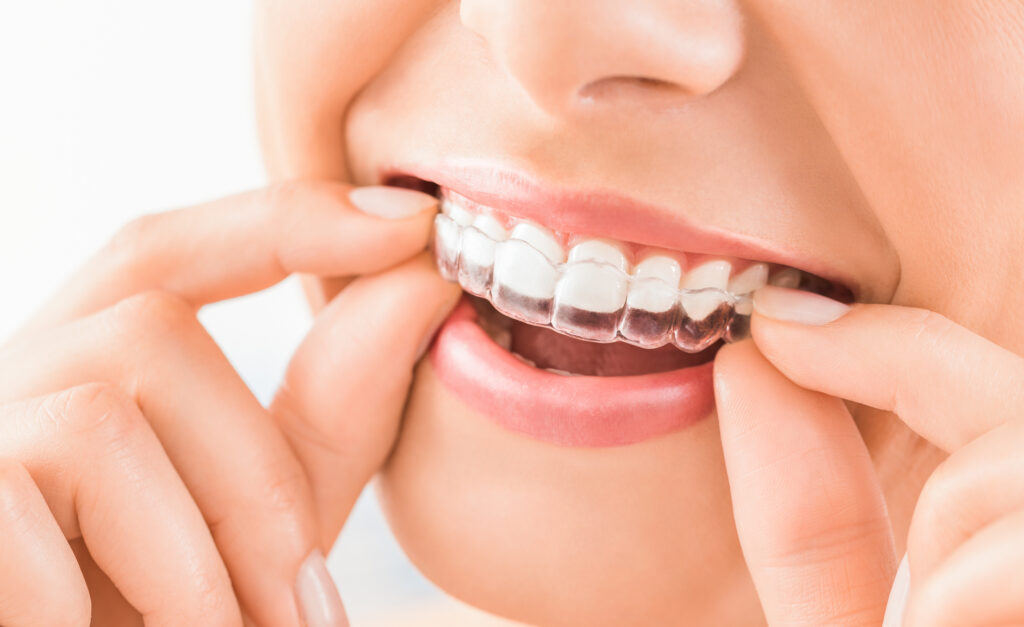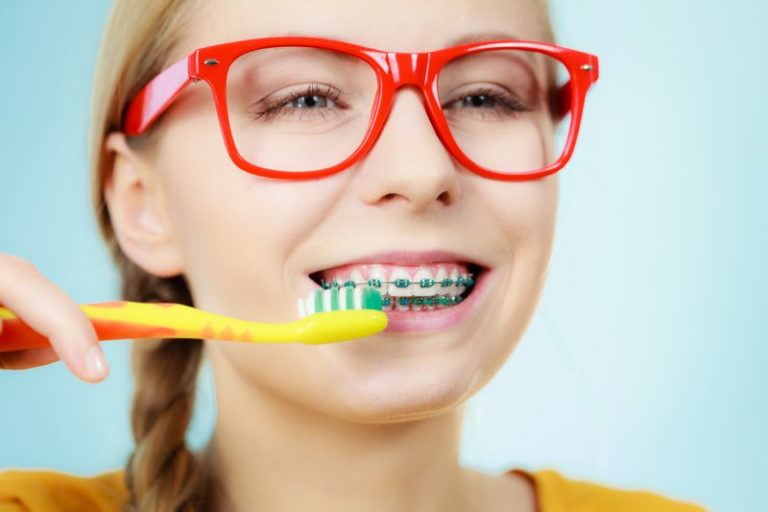Fun Facts About Dr. Gary Holt!
April 10th, 2022
Check out all of these fun facts about Dr. Holt.....Did you know that when he was younger he had bangs, highlights, a perm and even tried dreadlocks - fortunately not all at the same time!

Check out all of these fun facts about Dr. Holt.....Did you know that when he was younger he had bangs, highlights, a perm and even tried dreadlocks - fortunately not all at the same time!

We are so excited to have Dr. Jena on our team! Take a look at the fun facts and get to know Dr. Jena a little better!


It’s a new year, you have made your resolutions, and on the top of your list is looking (and feeling) healthy! As a part of looking healthy you may be curious about straightening your teeth. You are not alone, according to a recent study conducted by the American Association of Orthodontists (AAO), adult (18 years+) patients now outweigh teens/kids in treatment.
A common misperception is that you may be too old for orthodontic treatment or your situation is too difficult but this is NOT the case. The deciding factor on whether a patient is a good candidate for treatment is the health of their teeth and gums, NOT their age.
An in-person consultation is the best way for you to get the proper diagnosis and treatment plan which will be customized just for you. You get to meet the board certified doctor and ask questions, review treatment plans, discuss pros and cons of different treatment plans, and design a plan that works for you. In short, when you come to Holt Orthodontics you will love the personalized and customized treatment plan. Also, being actively monitored by a board certified orthodontic specialist throughout your treatment will help to ensure that your treatment goes smoothly. Along the way you will see either Dr Holt and Dr Jena and have the opportunity to discuss the progress, ask questions, and modify the treatment plan as needed. You will see Dr Holt or Dr Jena at every visit—that is a HUGE benefit. You have a board certified doctor working diligently to ensure the best possible outcome at every visit.
Your health history and habits should be discussed with the doctor so that you receive the best treatment possible.
Items to think about when meeting with an Dr Holt or Dr Jena:
All of these items can affect the outcome of your treatment. Plus, for some adults to reach optimal dental health, your dentist and orthodontist will work in partnership and may need to call in other dental specialists such as oral surgeons, periodontists, and endodontists. Dr. Holt and Dr. Jena work closely with many of the area’s top dentists to design the most ideal treatment plan for you. In fact, when dentists are looking for an orthodontist, they choose Holt Orthodontics.
In short, NO, you are never too old for orthodontic treatment as long as you have healthy teeth and gums. Orthodontists are experts in orthodontics and dentofacial orthopedics – properly aligned teeth and jaws – and possess the skills and experience to give you your best smile. The best way to achieve a healthy, beautiful smile at any age is to seek out treatment with Holt Orthodontics.

And just like that, 2021 is out the door—bring on 2022! People have likely started asking you about your New Year’s Resolution, and if you haven’t come up with one yet, we’re happy to share a few ideas! For people with braces or Invisalign, a few small changes in the coming year can make a big difference for how their treatment goes, so here are 4 resolutions to consider.
1. I will brush after every meal
Yes, you’ve probably heard that you need to brush at least twice a day, but for people with orthodontics, it’s better to do so after each meal and snack. Why? Because braces can easily trap food in the brackets and wires, and with Invisalign, any leftover debris can become pressed against the teeth when the aligners go back in. Both increase the risk of tooth decay and bad breath. That’s why it’s better to brush throughout the day.
2. I will wear my elastics as much as I should
Elastics allow your bite to line up while straightening your teeth at the same time, but they only work when you wear them! Many orthodontic patients “forget,” which ultimately slows down their treatment. By wearing them as much as your orthodontist recommends, you can ensure that your new smile is ready as quickly as possible, and you can get your braces off. : )
3. I will wear my retainers as much as I should
After a braces or Invisalign treatment concludes, a patient will be asked to wear retainers to help their teeth stay in their new positions. At first, a patient will need to wear them 12 hr per day, and after 3 months they can switch to only using them at night. Not wearing them can cause the teeth to actually drift back to where they started, so be sure to follow your orthodontist’s recommendations so you don’t accidentally undo all of the progress you made with braces or Invisalign.
4. I promise to keep up with progress checks
Regular progress checks enable your orthodontist to make sure your teeth are moving as planned and that everything is alright. If you tend to miss them, this can allow a small problem to pop up, and eventually, it can turn into a big issue that potentially derails your treatment. Usually, these appointments only happen every 6-10 weeks, but they can make a huge difference in how smoothly your treatment goes.
And just like that, you have a New Year’s Resolution! Of course, if you ever have any questions about your orthodontic treatment or what you can do to help it be faster and easier, all you have to do is talk to your orthodontist, and they’ll point you in the right direction. Wishing you all a Happy and Bright New Year. :) Dr Holt and Dr Jena.
